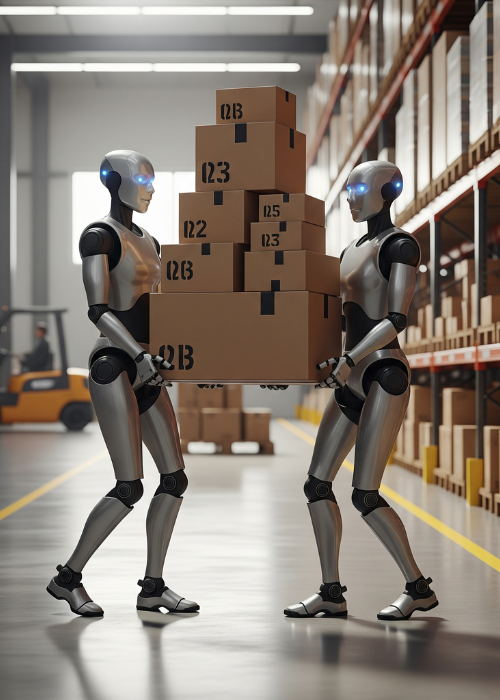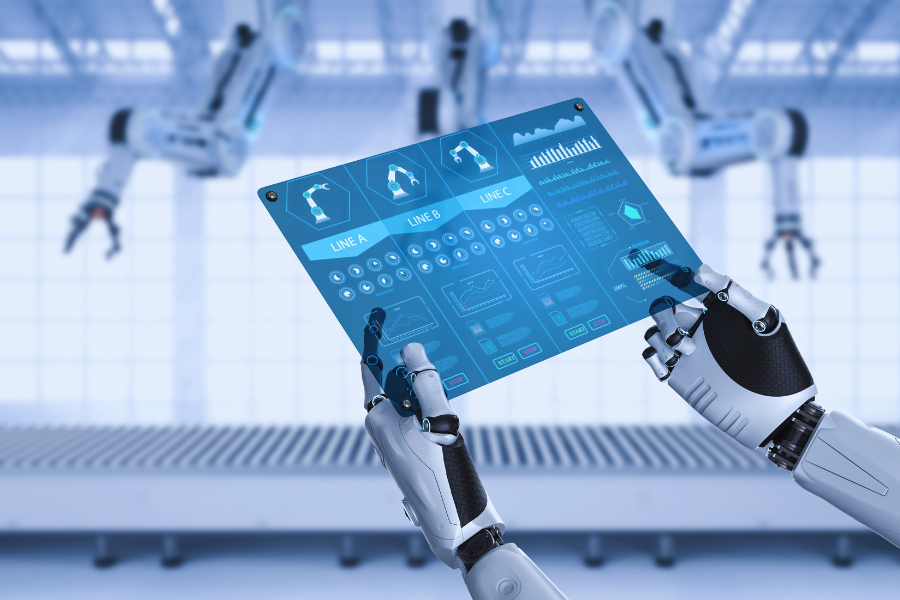Robots have long been a fascination of science fiction, but they are no longer confined to movie screens. Across China, humanoid robots are making a huge leap from concept labs into real-world factories, hospitals, and even homes. Leading companies like Unitree, Fourier Intelligence, and others are driving what many call a “robot boom”—developing humanoids that are faster, cheaper, and more practical than their global rivals.
In this blog, we’ll explore why humanoid robots are booming in China, what makes them unique, and how they might reshape industries worldwide.
What Are Humanoid Robots?
Humanoid robots are machines designed to look and move like humans. They typically feature:
Two legs for walking and balancing.
Arms and hands for gripping objects.
Sensors, cameras, and AI for navigation and decision-making.
Human-like motion that makes them suitable for working in environments built for people.
Unlike traditional industrial robots, humanoid robots are versatile. They can walk around, use tools, and interact with humans in more natural ways.
Why China is Leading the Robot Race

China has unique conditions fueling its humanoid robot boom:
Manufacturing Strength
China is already the global leader in industrial robot installations. The infrastructure, supply chain, and expertise make scaling humanoids much easier.Labor Challenges
With an aging population and rising wages, China sees humanoid robots as a solution to labor shortages in factories, logistics, and elder care.Government Support
Policies like “Made in China 2025” and massive AI/robotics investment funds push innovation in this sector.Cost Advantage
Chinese companies are finding ways to produce humanoids at a fraction of the cost of US and Japanese competitors.
Spotlight on Unitree Robotics
Unitree, based in Hangzhou, first became famous for its quadruped robots—dog-like machines that rival Boston Dynamics’ creations. Now, it’s grabbing headlines with its humanoid robots.
Unitree H1: A humanoid robot capable of walking, running, and balancing with fluid movement.
Affordability: Unlike Western prototypes that cost hundreds of thousands of dollars, Unitree’s humanoids are priced closer to $90,000—and falling.
Performance: Videos show these robots running up to 5 km/h, climbing stairs, and performing tasks that could fit warehouse and assembly line work.
Unitree’s goal is to make humanoid robots affordable for mass adoption, not just for research labs.

Other Key Players

While Unitree is stealing the spotlight, other Chinese innovators are accelerating the humanoid boom:
Fourier Intelligence: Known for rehabilitation robotics, Fourier unveiled GR-1, a humanoid designed to assist in healthcare and daily life tasks.
UBTECH Robotics: Famous for its consumer robots, UBTECH is now building humanoids for education and business assistance.
AgileX and Midea: Exploring humanoid applications in logistics, hospitality, and smart homes.
Together, these companies are making China a hub of humanoid innovation.
Applications of Humanoid Robots
Humanoids are no longer just flashy demonstrations. They’re being tested and deployed in real use cases:
Factories & Warehouses – Moving goods, assembling components, and handling repetitive tasks.
Healthcare – Assisting elderly patients, lifting bedridden individuals, and delivering medicine.
Hospitality – Welcoming guests, carrying luggage, and cleaning hotel spaces.
Education – Teaching basic STEM skills and supporting interactive learning.
Public Services – Acting as customer service guides in airports, malls, and train stations.
Advantages Over Traditional Robots
So why choose humanoid robots instead of regular industrial machines?
Versatility: A humanoid can adapt to spaces and tools made for people.
Mobility: Walking on two legs means they can operate in environments without special modifications.
Human-Like Interaction: Their form factor helps them engage more naturally with humans in service industries.
Challenges to Overcome
Despite the hype, there are still hurdles before humanoids become mainstream:
High Energy Consumption – Current battery tech limits operating time.
Durability – Machines need to withstand years of heavy use.
AI Limitations – While impressive, humanoid AI still struggles with complex problem-solving.
Public Acceptance – Some people find humanoids unsettling or worry about job loss.
China’s robotics companies are racing to solve these issues by improving efficiency, lowering costs, and expanding human-robot collaboration.
The Global Implications
As China produces faster and cheaper humanoids, the rest of the world is watching closely.
Western companies like Tesla (with its Optimus robot) and Boston Dynamics face stiff competition.
Developing countries may adopt Chinese humanoids for healthcare and logistics.
Global manufacturing could shift toward more lights-off, robot-driven operations—powered by humanoids.
Conclusion
The humanoid robot boom in China isn’t just a technological showcase—it’s a glimpse into the future of work and society. With Unitree and others pushing down costs while improving speed and agility, humanoids are moving from niche experiments to practical tools.
The big question isn’t if humanoid robots will become part of our daily lives—it’s when. And with China’s momentum, that “when” may be much sooner than we expect.






